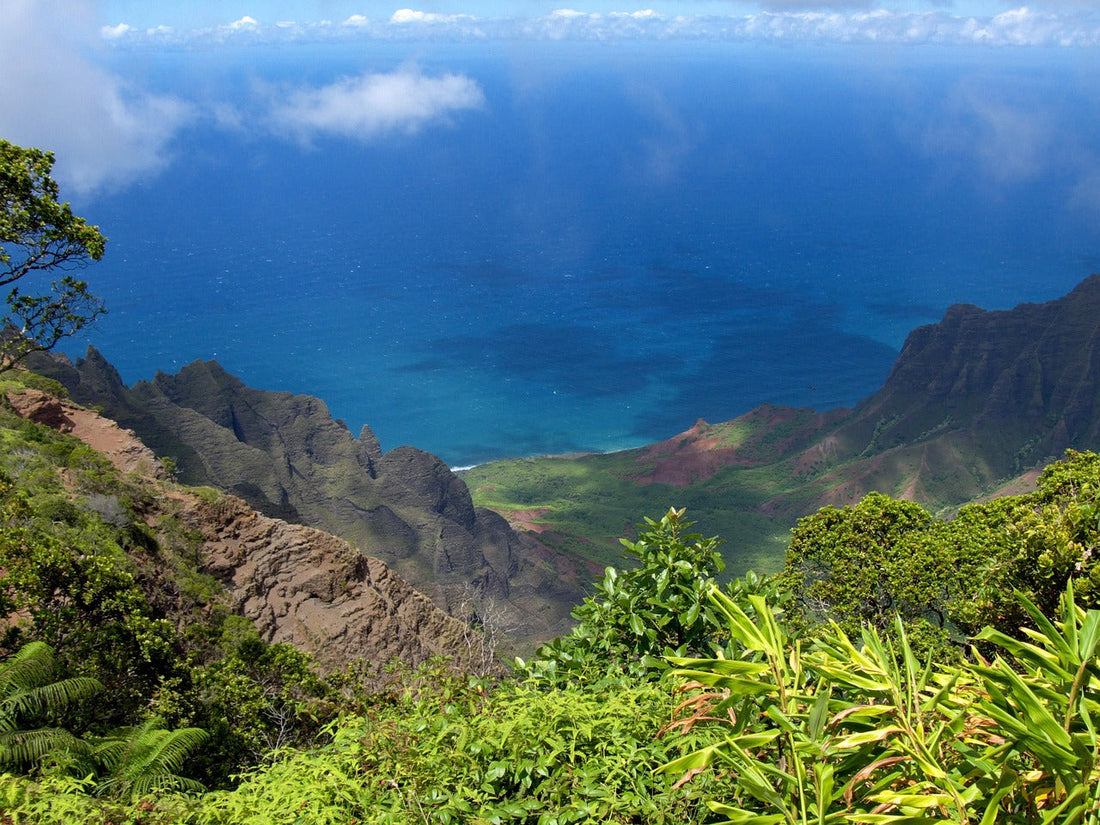
Hawaiian History Highlights: Islands, Names, and Statehood
Share
Hawaiʻi is a place of beauty, tradition, and deep-rooted history.
Made up of eight major islands, each one has its own story and spirit that together create the identity of Hawaiʻi. Whether you're a visitor, a local, or just curious, here’s a closer look at Hawaiʻi’s islands, how to pronounce their names, and a brief moment from history that changed the islands forever.
The Eight Major Hawaiian Islands
Each island has a name in the Hawaiian language and a meaning tied to nature or spirit.
Here they are, from largest to smallest:
Hawaiʻi (The Big Island) – hah-vai-ee
The largest island, home to Mauna Kea, the tallest mountain from base to summit in the world.
Maui – mow-ee
Known as "The Valley Isle" for its lush landscapes and the famous Haleakalā volcano.
Oʻahu – oh-ah-hoo
"The Gathering Place" — where you'll find Honolulu, Pearl Harbor, and Waikīkī Beach.
Kauaʻi – ka-wai-ee
Nicknamed "The Garden Isle," it's covered in rainforests and home to the breathtaking Nā Pali Coast.
Molokaʻi – moh-loh-kai
Known for its preserved Hawaiian traditions and the historic Kalaupapa peninsula.
Lānaʻi – lah-nah-ee
Once known for pineapple plantations, today it's a quiet getaway with a rustic charm.
Niʻihau – nee-ee-how
Privately owned and known as "The Forbidden Isle," Niʻihau preserves pure Hawaiian culture.
Kahoʻolawe – kah-hoh-oh-lah-veh
An uninhabited island once used for military training, now undergoing restoration efforts.
Hawaiʻi’s Journey to Statehood
While Hawaiʻi’s history stretches back over a thousand years to Polynesian voyagers, a major turning point came on August 21, 1959, when Hawaiʻi officially became the 50th state of the United States.
The road to statehood was filled with change:
In 1898, Hawaiʻi was annexed by the U.S. after the overthrow of the Hawaiian monarchy.
For decades, there were debates and discussions about statehood, involving local leaders, national politicians, and residents of the islands.
In 1959, Hawaiians voted overwhelmingly in favor of joining the U.S., with 94% saying “yes” during a statewide referendum.
Today, August 21 is celebrated as Statehood Day in Hawaiʻi, honoring the blending of Hawaiian culture with American tradition, while keeping alive the islands’ spirit, stories, and pride.
Why Names and Pronunciation Matter
In Hawaiian culture, names hold meaning.
When you pronounce a place name correctly, you show respect for the land and its people.
The ʻokina (ʻ) is a glottal stop — a slight pause, almost like the break in "uh-oh."
The kahakō (ā) is a long vowel, meaning you hold the sound slightly longer.
Simple adjustments like saying Hawaiʻi instead of Hawaii (without dropping the ʻokina) help preserve the spirit of aloha and honor the living language of the islands.
Closing Thoughts
Whether you're strolling the beaches of Oʻahu, hiking Maui’s mountains, or simply enjoying a cup of Kona coffee from the Big Island, every part of Hawaiʻi carries a story.
Learning the islands’ names, their histories, and their cultural meanings is one way to connect deeper with the aloha spirit, wherever you are.
